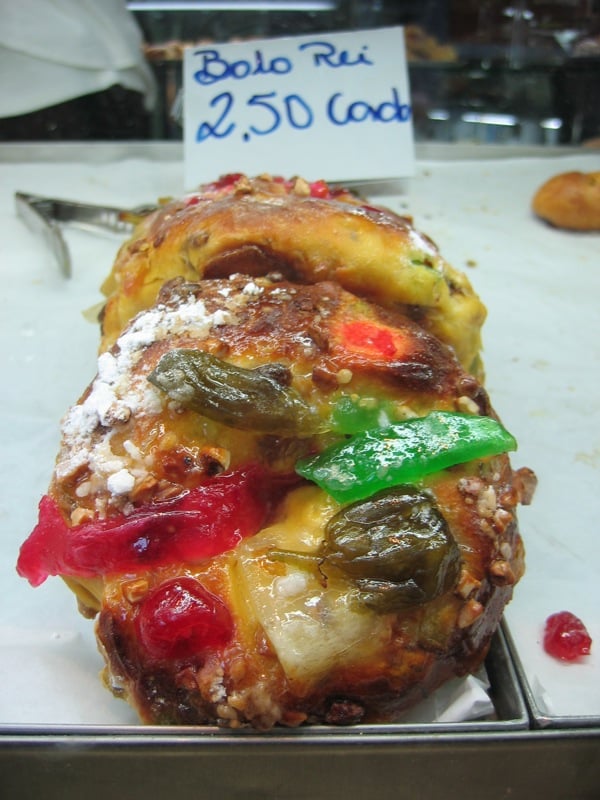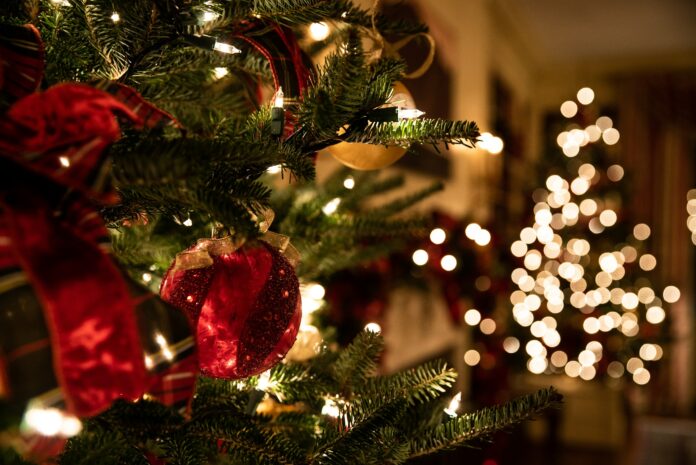Ho-Ho-Oh-I-can’t-believe-it’s-almost-Christmas-again! A time of joy, cozy fireplaces, and presents. But, if you’re thinking of heading to Portugal, it’s also a time when each city, town, or village displays some of their most ancient and unique traditions, definitely worth a visit if you’re around.
I’ll focus on things you won’t be able to find in other countries – so I won’t bother mentioning generic Christmas markets or the beautiful Christmas lights – and on places that don’t usually get the spotlight – so forget Lisbon or Oporto, I’m sure you’re well aware of those already.
So, without further ado, let’s unwrap this early Christmas gift.
Visit Garfe’s Nativity Scenes…
Every year, around Christmas, the parish of Garfe, in the municipality of Póvoa de Lanhoso, is transformed into the ‘Village of Nativity Scenes’, bringing magic and animation to the Christmas season.
The event, whose main driving force is Father Luís Peixoto Fernandes, is the result of the efforts and participation of the entire community, who decorate the village with dozens of nativity scenes.
Each crib presents particularities from the history of the Minho region and life in the countryside, lending a little of itself to the Christmas celebration, and a Mass is celebrated around each crib.
… or Piódão, the “Nativity Scene Village”…
Due to its perfect setting in the middle of nature, with its houses arranged in the shape of an amphitheater on the mountainside, Piódão is commonly known as the “Nativity Village”.
A typical Portuguese village, but one that takes us back to the Portugal of several years ago. There are no shopping centers here or in the surrounding area. While not a tradition in itself, visiting Piódão has become a sort of Christmas tradition of its own.
Most of the inhabitants work in agriculture and livestock farming, the elderly sit outside their homes reading a book, the surrounding air and nature are much purer, and life this simple has its charm.
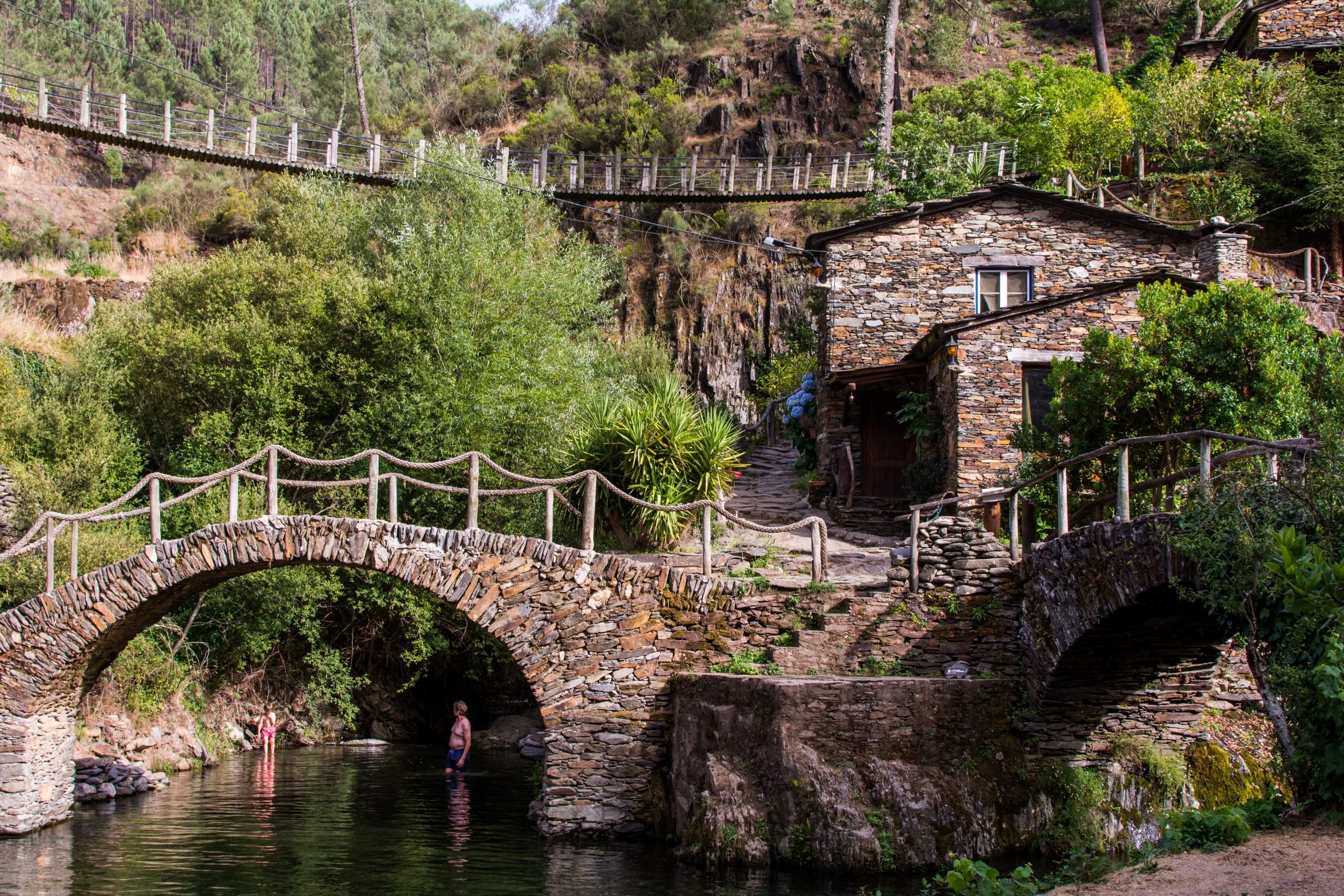
… or Cabeça, the “Christmas Village”
In this Christmas party, the original concept is maintained: all the decorations in the village are made from resources and materials from forest clearing and the passion and ingenuity of the people of the village! After all, Christmas in the mountain village of Cabeça is as genuine and pure as the air you breathe here.
Everything is made with the wise hands of the 170 or so residents of this Mountain Village and with materials from nature that result from the surgical clearing of the forests of the Serra da Estrela Natural Park and neighboring land. Twigs, vines, pine trees, leaves, corn stalks, and other recycled materials are the raw materials for the Christmas decorations.
Monsaraz in the Alentejo and Óbidos in the Oeste region are two other locations that dress up accordingly during Christmas.
Warm up by Penamacor’s huge bonfire…
Every year, as Christmas approaches, in all the parishes of the municipality, young men of military service age join together to cut and transport the logs – madeiros in Portuguese – that will feed the bonfire to warm the Child Jesus.
The large pile of wood, deposited in the churchyard, is set alight at nightfall on the 23rd and remains alight for several days. After Christmas dinner, the population gathers around the bonfire in a ritual gesture of fraternal reunion.
The rest of the town, which was officially founded in the 13th century, is well worth a visit, as there are still monuments that attest to Penamacor’s strategic military importance, as well as other emblematic monuments.
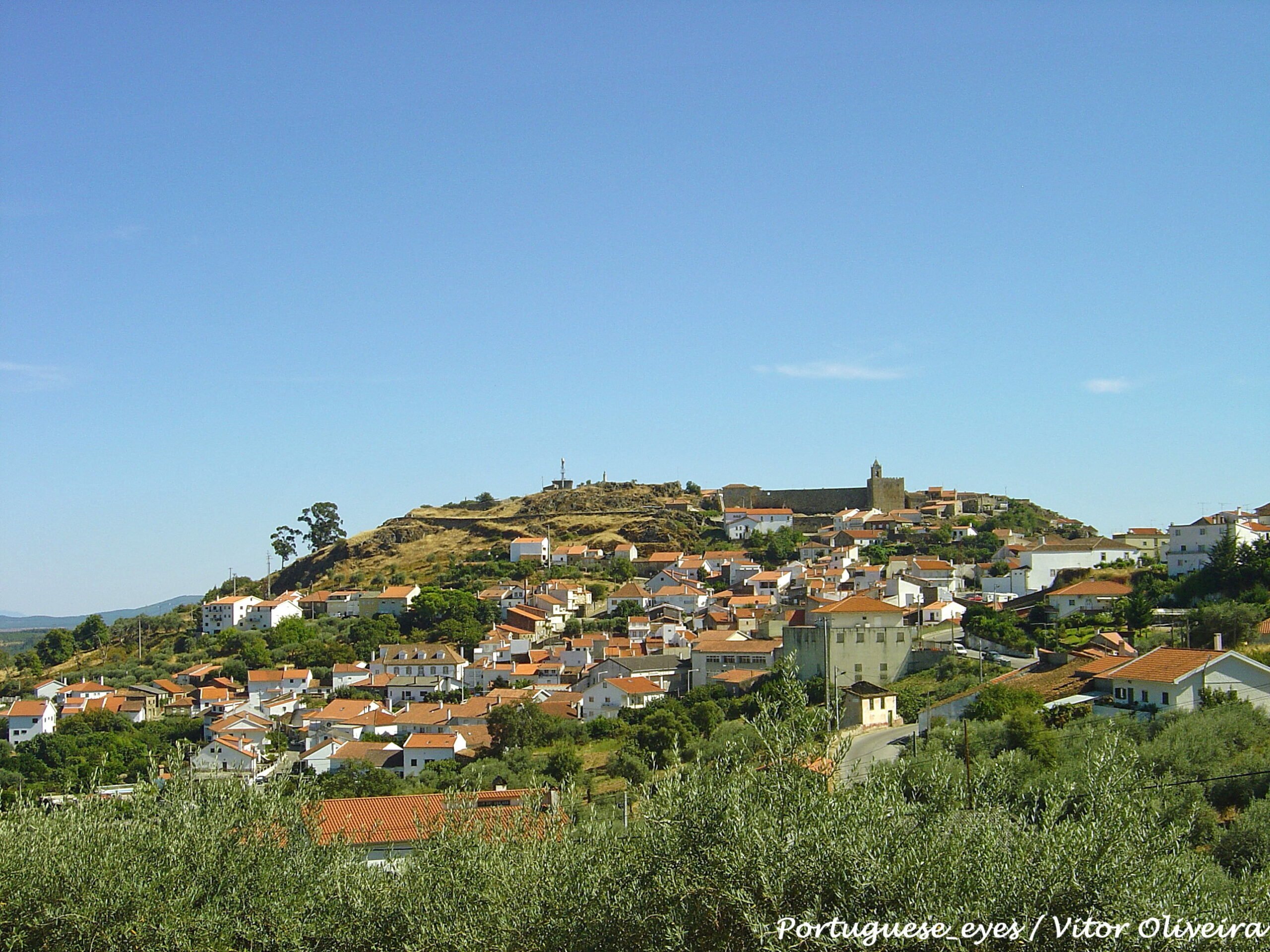
… or by Barrancos’, further South
This tradition is slightly different from the one in Penamacor. In Barrancos, the madeiro is not the tradition itself, but the means of fulfilling a culinary tradition.
Instead, the bonfire is lit so that the townspeople can gather on Christmas Eve and roast their catalão – a Barrancos delicacy based on black pork, similar to chouriço but with a much stronger flavor.
Barrancos is famous in Portugal for being the only place where, every year during the local festivities, the slaughter of the bull still takes place after the bullfights. This is a tradition that the town conserves given its proximity to Spain, just a few miles away.
Have a Christmas banana in Braga…
No, seriously. In the city of Braga, there’s no Christmas without the Bananeiro. One of Braga’s favorite traditions began around 40 years ago when the shopkeepers of Rua do Souto decided to gather outside Casa das Bananas, in the late afternoon of December 24, to wish happy holidays to acquaintances and strangers, accompanied by a glass of muscatel wine and a banana.
The habit of eating a banana and drinking a banano went from being a social occasion for a small group of friends and customers to becoming a meeting point for all the people of Braga on the eve of Christmas Day. Nowadays, on the afternoons of December 24th, the street is invaded by thousands of people to fulfill the ritual.
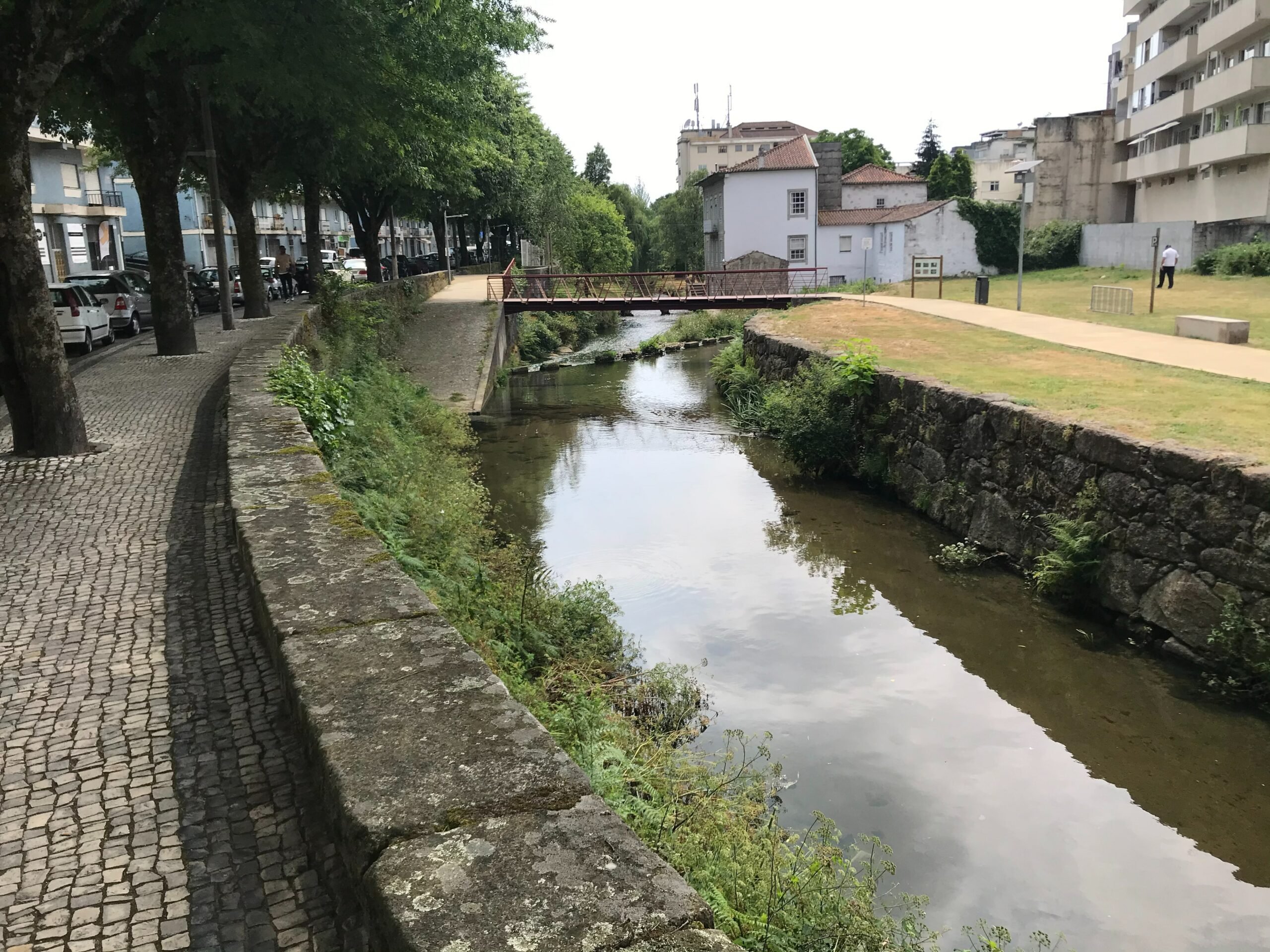
… or some chestnuts in Aldeia Viçosa
On December 26, the Magusto da Velha – literally the “old lady’s magusto” – is celebrated. The tradition goes back to the story of a very rich old lady who wanted to leave a perpetual income to the parish council.
The sum was to be used to offer the poor a good dose of chestnuts and wine. In return, the old woman – her first name is unknown – asked everyone to say an Our Father to her soul at Christmas.
On December 26, around 150 kilos of chestnuts rain down from the church tower, while the bells ring non-stop. As well as praying for the old woman’s soul, the people present fill their pockets with chestnuts, which are then roasted in the embers of the Madeiro de Natal (Christmas wood), which usually still warms up those in attendance. Red wine is also distributed to toast the old woman.
Ask whether the boy pees in the Azores…
A tradition that has been maintained in the Azores is “O Menino mija“, a symbol of the archipelago’s ethnographic heritage. Between December 24th and January 6th, groups of men and women go from house to house visiting family and friends and tasting traditional sweets and liqueurs, which are always displayed on the tables at this time.
Before entering, it’s obligatory to ask the question: “Does the boy pee?” This Azorean tradition led to the creation of a liqueur with the same name. The liqueur can be found in various stores or online, but hurry, because it sells out quickly during the festive season.
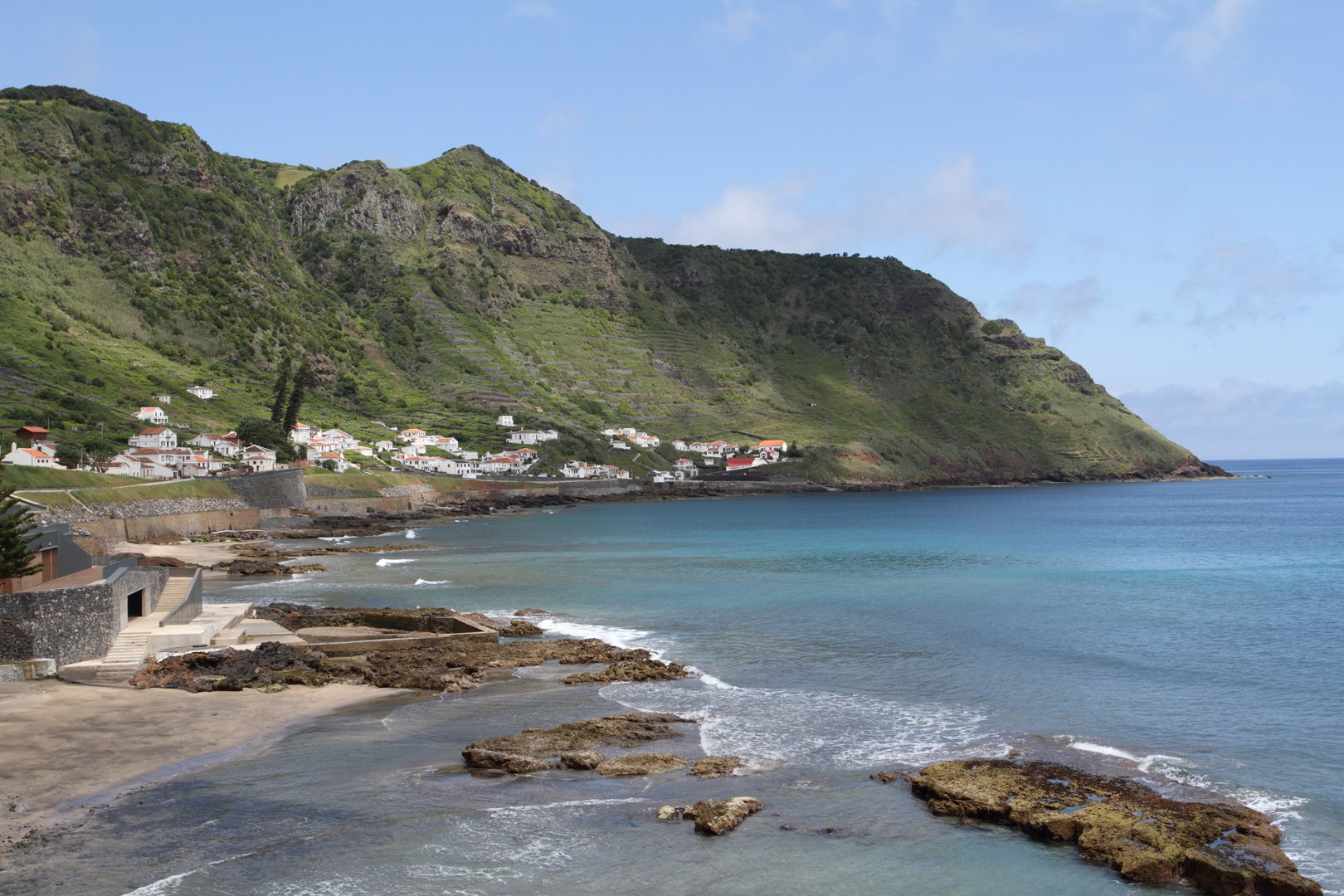
… or get spooked by Varge’s Caretos
This is part of the Boys’ Festival that celebrates the winter solstice and is an almost spiritual experience. Masked men, called caretos, spread absolute mayhem in the village of Varge, in Trás-os-Montes, rattling women, symbolizing their return to the fertile land.
From December 24 to 26, young people from the village return home to take part in this festival and keep the tradition alive. On December 24, a meeting of the unmarried boys is organized, where secret preparations are made for what will happen.
On December 25, after Christmas mass, the boys appear dressed as caretos, jumping, shouting, and laughing to the sound of their rattles and a bagpiper accompanied by a drum and box. Another tradition is the cantar das loas, where people in the village are criticized or ridiculed for events and conduct throughout the year.
If you fail to book accommodation in Varge, head over to Ousilhão for a similar tradition.
Stay over for the Janeiras
The Janeiras got their name from the month during which it takes place – Janeiro or January. The Christmas season in Portugal is not over until the 6th of January, or Dia de Reis, the day in which the Wise Kings arrived in Bethlehem with gifts for Jesus.
And, even though rarer these days, in some towns and villages in Portugal, the tradition of having carolers walking the streets at night between the 1st and the 6th still takes place. Once the carol is over in a house, the owners are expected to bring in the janeiras, such as chestnuts, walnuts, apples, chorizo, black pudding, etc.
The songs used are usually well-known, although the lyrics are different in each town. They are simple songs that praise Baby Jesus, Our Lady, Saint Joseph, and the residents who contributed. Typically, there were also a few insulting quatrains reserved for the people who didn’t say “janeiras“, so don’t forget to say it at the end.
Last Thoughts
As you can see, Portugal is home to a lot of unique Christmas traditions, especially in the less crowded interior where mass tourism hasn’t homogenized the culture of its people. Food is a big part of these traditions and, indeed, Christmas and Portugal together equate to feasting.
On Christmas Eve, the typical recipes have cod as their main ingredient. On Christmas Day, turkey is king of the table. The most typical drinks at this time of year, apart from wine, are liqueurs such as port and muscatel. And don’t forget the Bolo Rei, a typical Christmas pastry with candied fruit on top.
So make sure to pack a warm coat and your holiday spirit and come with plenty of appetite before heading over to Portugal this December!
